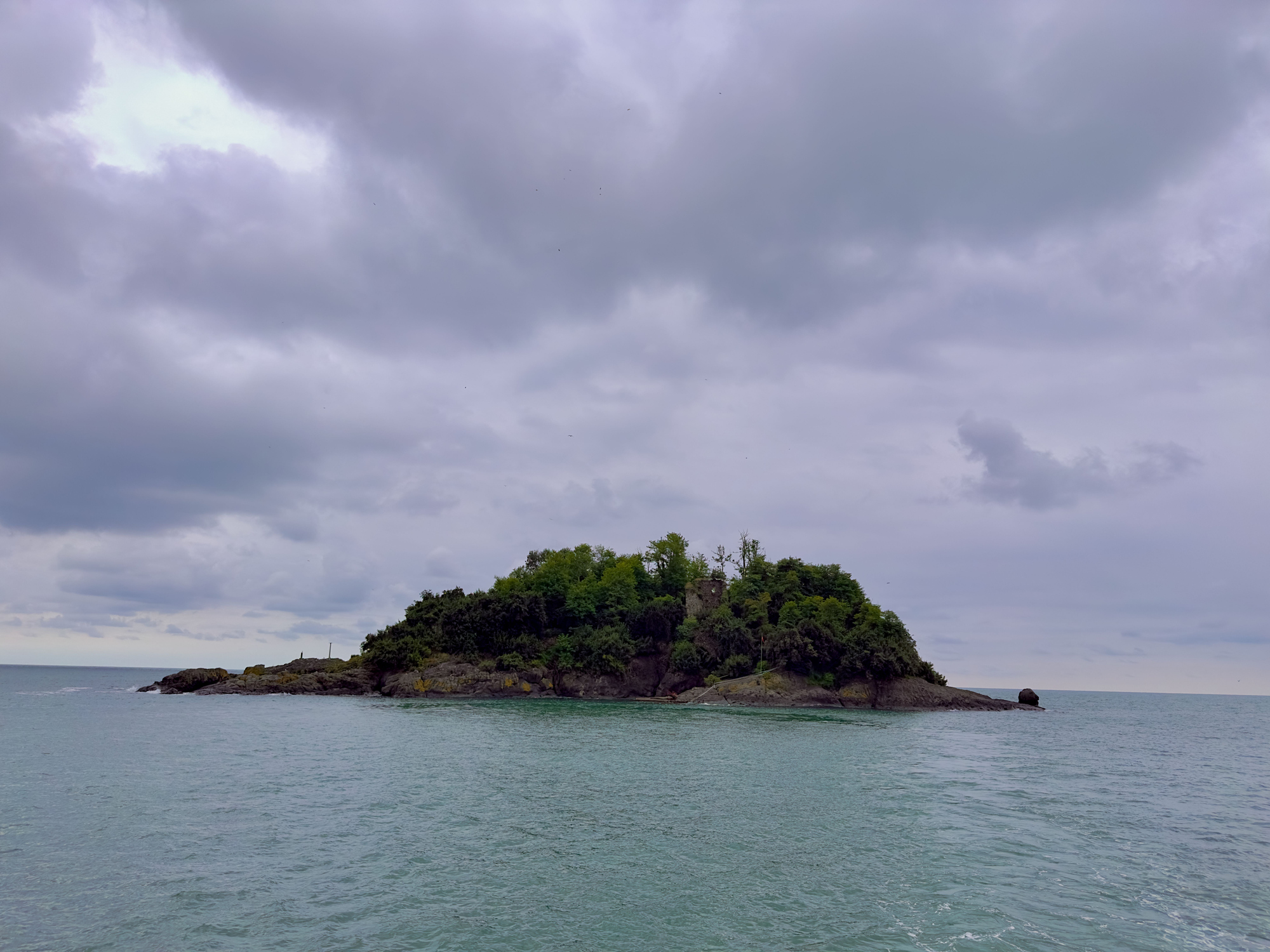New to Science: The latest discoveries from around the world
Posted on November 1, 2025 by Microbiology Society
Each month, the Microbiology Society publishes the International Journal of Systematic and Evolutionary Microbiology, which details newly discovered species of bacteria, fungi and protists. Here are some of the new species that have been discovered and the places they've been found.

Our first new species has been identified as one of the bacteria associated with bacterial vaginosis (BV), a common condition in which the vaginal microbiome becomes disturbed by an overgrowth of bacteria, resulting in a change of pH and discharge. It was isolated from vaginal fluid samples of people with BV in two independent studies and has been given the name Umbribacter vaginalis. Although BV is easily treatable with antibiotics, it can increase the risk of other disorders like STIs and UTIs. Not only that, U. vaginalis may be of clinical importance as it was shown to be a 99% match to a previously identified Eggerthella-like vaginal bacterium (ELVB) that is additionally associated with an increased risk of pelvic inflammatory disease and infection by HIV. Therefore, this characterisation will hopefully enable more research to further understand its health implications.
Next up, just like last month’s New to Science, we have another discovery made in an undergraduate research course! This time, it was students on a marine microbiology course at the University of Hawai'i. Taking samples from the sea, preliminary data from one such class suggested that the novel Caulobacter inopinatus was among the cultures prepared. This confused the team as Caulobacter species have only been found on land before. Further analysis confirmed that, although isolated from seawater, C. inopinatus’ inability to grow in salty conditions suggest that it is not a native marine organism. Rather, it is likely to have been transported by well-documented submarine groundwater discharges that move from land to ocean. Hence, the scientists opted for a Latin word, inoptinatus, for its name to reflect this journey. Can you guess what it means?

Moving on to an even younger participant to discovery: A novel species of the Enterococcus genus was isolated from a 10-month-old infant with atopic dermatitis in Taiwan. Members of this genus are commonly found in the gastrointestinal tract of healthy humans. More recently, it has been thought that the presence of these bacteria is related to atopic dermatitis, potentially contributing to immune activation or inflammation. However, in other studies, levels of Enterococcus were seen to be depleted. This characterisation of the novel Enterococcus infantis marks another step on the journey in understanding the link between the gut microbiome and allergic diseases.
Last but not least, our final novel species was found just off the shores of Turkey, on the tiny Giresun Island, an uninhabited spot of green in the Black Sea. Nonomuraea turcica is an aerobic and Gram-positive actinomycete bacteria. This genus has been recovered from diverse environments, such as desert, caves, forests and mangroves. None have been found around the Black Sea before. Giresun Island is popular amongst tourists with a wealth of ancient Byzantine ruins and mythological sites. Sign me up for a trip!

